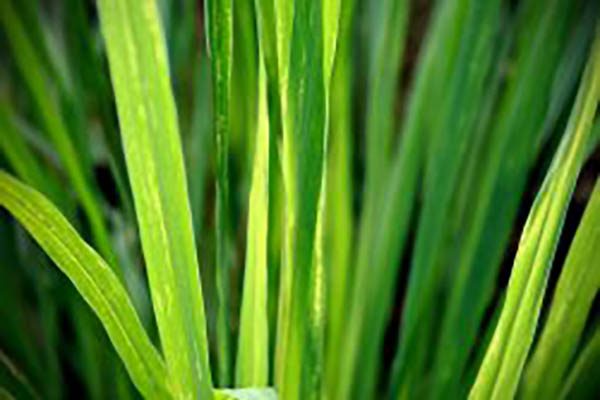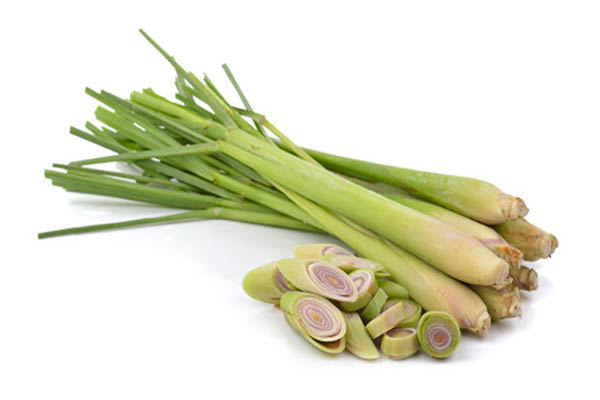
What are UTI’s? Urinary Tract Infections
Do you… Frequently or urgently need to urinate Often only pass small amounts of urine Have Pain or burning sensation when urinating These can be symptoms of urinary tract infections. There
Scientifically known as Cymbopogan citrates, lemongrass is a herb that is used for its culinary and medicinal uses. Lemongrass is cultivated around the world for a variety of reasons. It’s mainly grown for its oils, which have a number of uses including for vitamin A, perfumes, insect spray, cosmetics, perfumes and food and drink. Lemongrass is also enjoyed as a tea throughout the world.
The lemongrass stalk is too tough to eat on its own so has to be finely crushed or chopped.
It is essential in many Asian cuisines, especially Thai dishes, giving them a subtle citrus flavour.

Lemongrass has a refreshing lemon-lime taste with a tinge of mint and ginger.
Where lemongrass is native it is made into a tea called ‘fever tea’ that is used to treat diarrhoea, stomach cramps and headaches. The oil of lemongrass is applied to treat ringworm in India. Studies have shown that lemongrass kills multiple types of bacteria and fungi and has deodorant properties. The lemongrass contains five constituents that inhibit blood coagulation.
Essential oils in lemongrass help strengthen blood vessels and decrease the chance of varicose veins.

Undiluted lemongrass oil can cause skin irritation, rashes, and burning sensations. Not recommended for children, pregnant women, and nursing women.
People with liver or kidney disease should consult a doctor before using this herb.

Do you… Frequently or urgently need to urinate Often only pass small amounts of urine Have Pain or burning sensation when urinating These can be symptoms of urinary tract infections. There
Disclaimer – Our intent is not to diagnosis but to offer information on therapy choices and practitioners. Information on this site is intended general educational purposes only. Any statements made are carefully referenced and any information, products or services discussed are not intended to diagnose, cure, treat or prevent any disease or illness. Please consult a healthcare practitioner before making a choice.